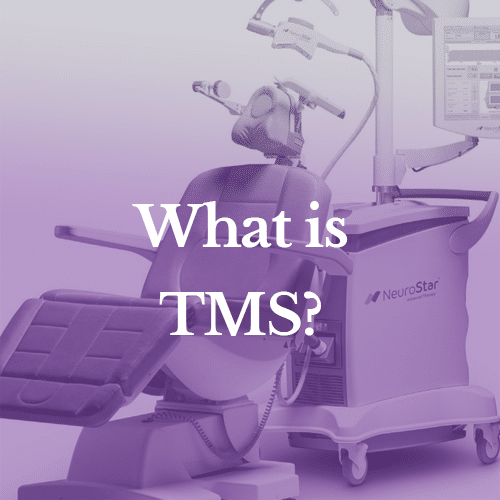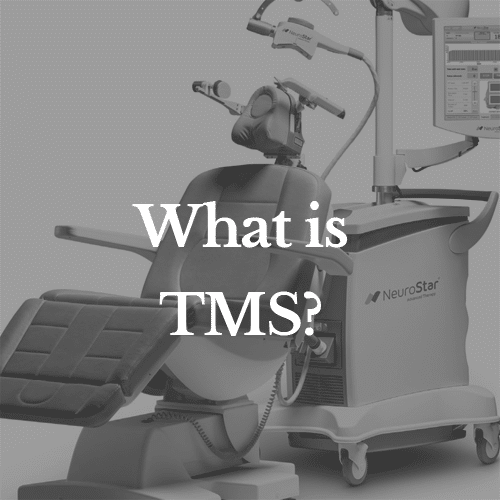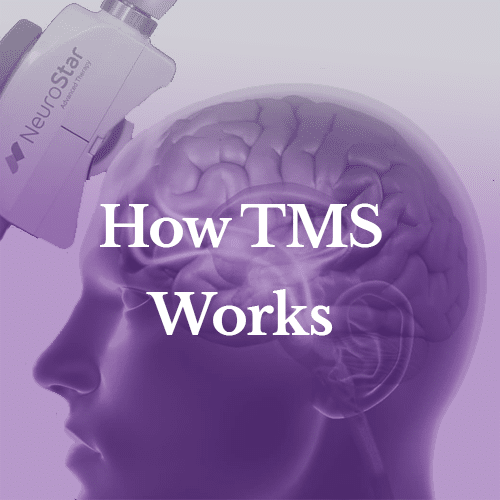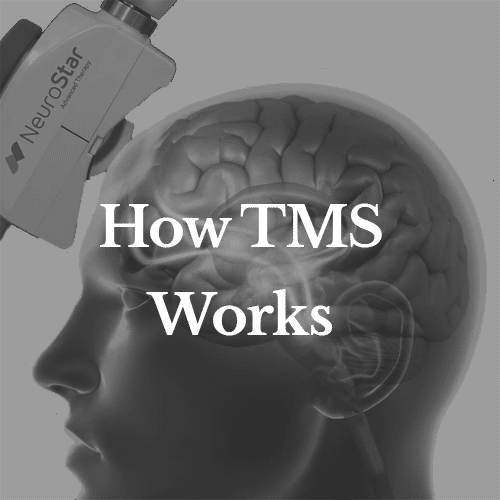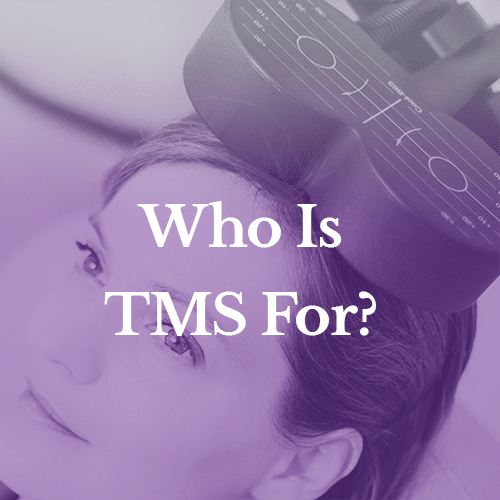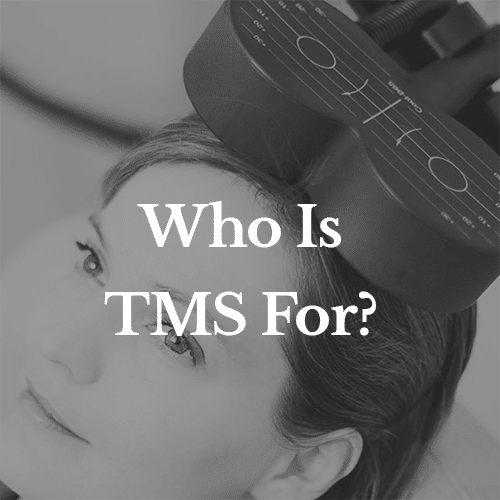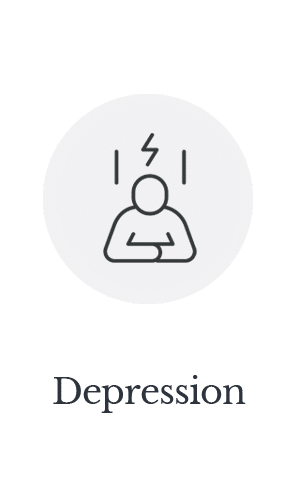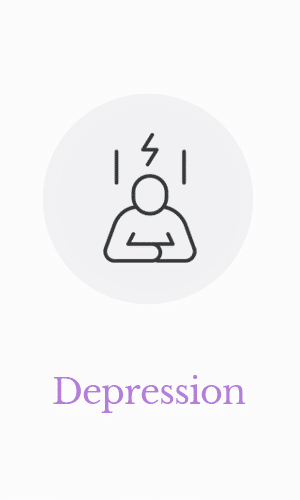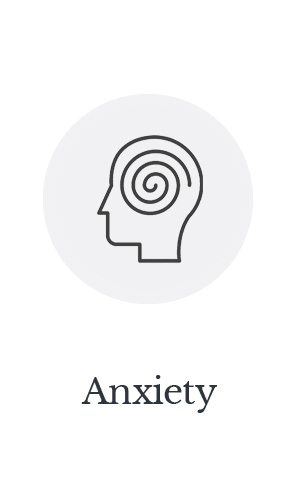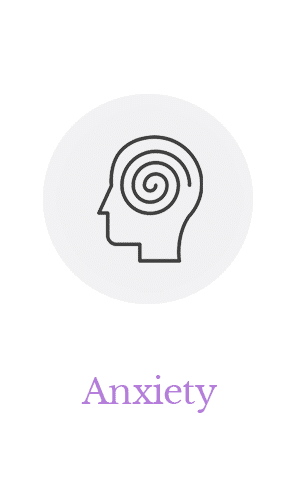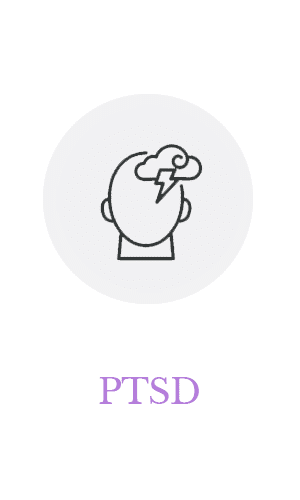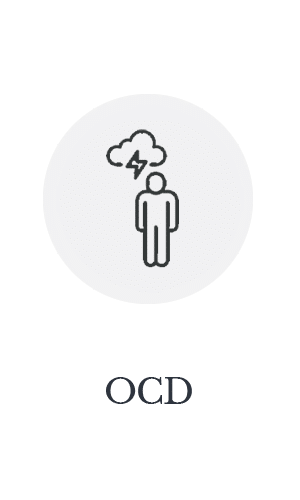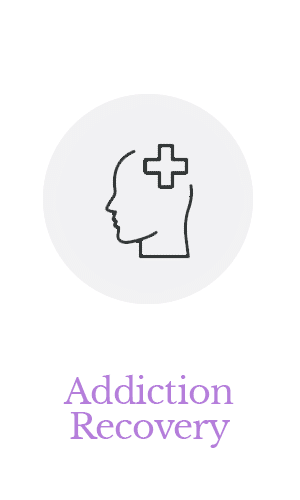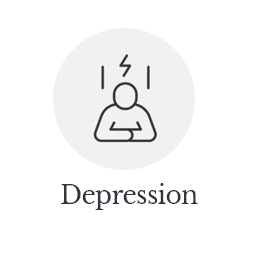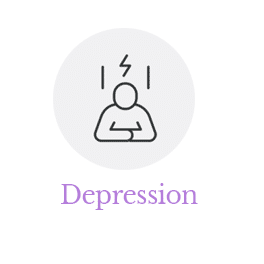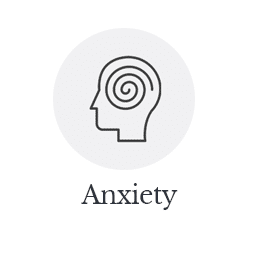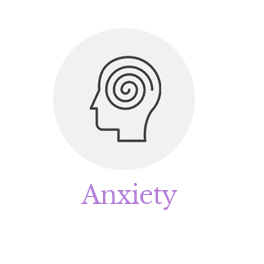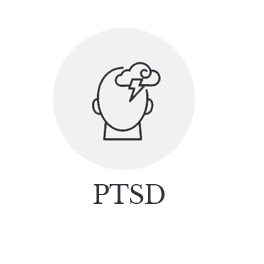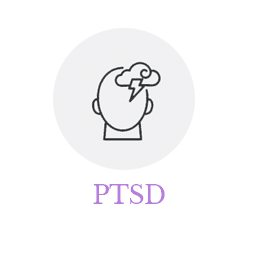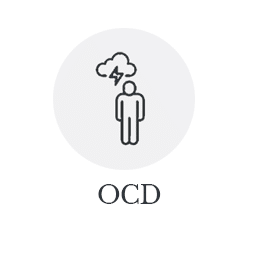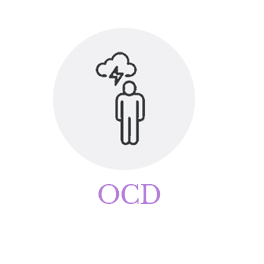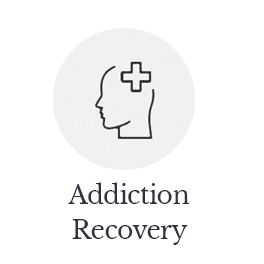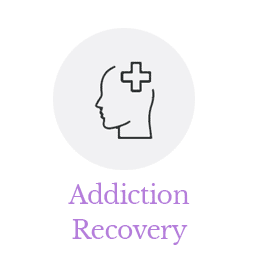TMS: Advanced Mental Health Treatment Technology
TMS is one of the most exciting developments in mental health in the last 20 years. First approved by the FDA as a depression treatment in 2008, TMS has grown in popularity and availability ever since. And for good reason: TMS succeeds where other treatments have failed.
It’s one of the reasons why we’re so excited about TMS at Inland Empire TMS. Patients who have tried antidepressants, therapy, lifestyle changes and other recommended treatments without success have often found the relief they desperately longed for through TMS treatment.
Let’s take a look at how TMS works to see why it may be the right treatment for you.
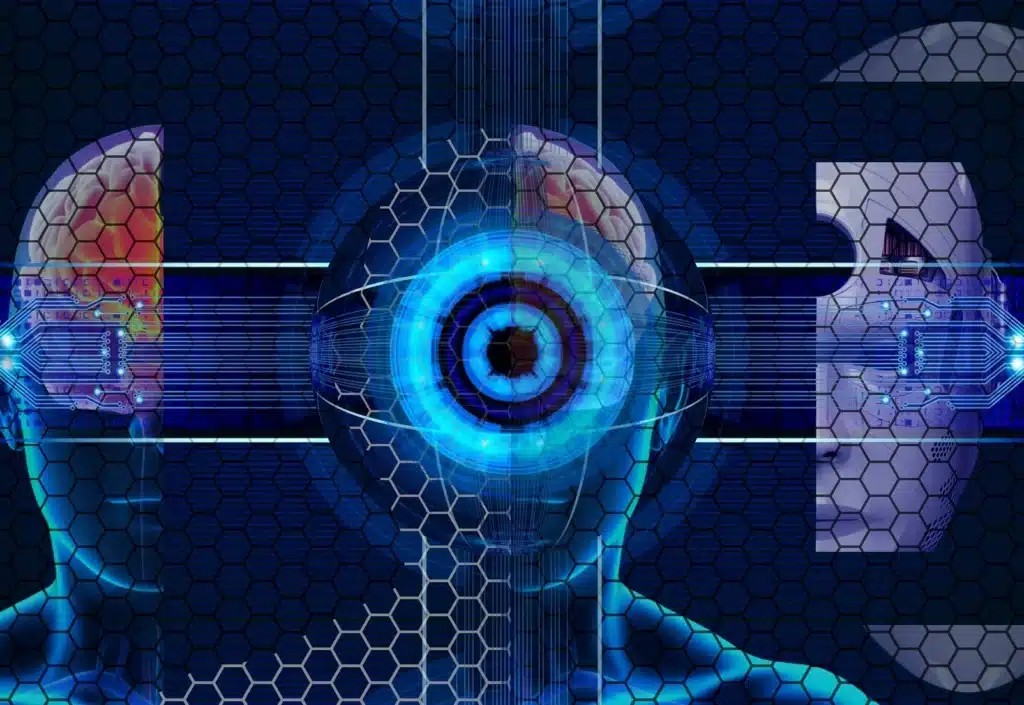
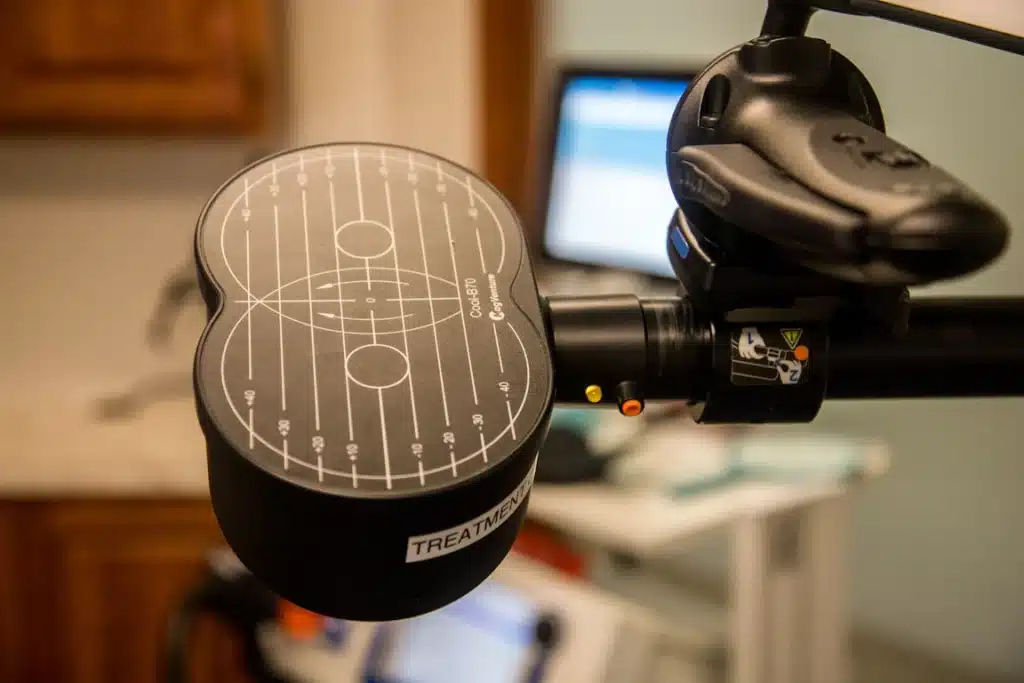
What Is TMS?
Transcranial Magnetic Stimulation is an FDA-approved treatment for depression, anxiety, PTSD, OCD, and other mental heath disorders. Over the past 15 years, thousands of patients have found significant relief from depression with TMS treatment.
TMS uses magnetic impulses, similar to an MRI machine, to directly target areas of the brain responsible for mood and reward. The magnetic impulses induce a stimulus/response reaction in the brain, prompting it to produce new, healthy pathways. TMS is non-invasive and pain-free.
Over time, the brain adaptations produced during treatment create healthy brain function that overcomes brain disorders. After finishing TMS treatment, many patients have achieved full remission – meaning they are no longer clinically diagnosed as having depression, PTSD, or anxiety.
How Does TMS work?
At Inland Empire TMS, your healing journey begins before you even start TMS treatment. All patients receive a full mental health evaluation, including an EEG brain scan for optimal diagnosis. Using the information from your brain scan and assessment, your doctor will determine if TMS is an appropriate treatment for you.
Once you are recommended for TMS, our team of insurance specialists work on your behalf to obtain prior authorization from your insurance company, saving you the hassle.
An expertly trained TMS technician will be assigned throughout your treatment. Your TMS tech will provide the TMS treatment daily and answer any questions you might have during treatment.
TMS is administered in daily sessions (5 times per week) over a roughly six week period. Each session lasts approximately 30 minutes.
Why so many sessions? Remember that TMS is working to induce new brain development. This takes time. TMS is often compared to working out at the gym – consistency is key. The short daily sessions add up to big changes over time.
You will be reassessed weekly throughout your treatment, including receiving an EEG brain scan. As your brain responds to TMS, you will see visual improvement on your brain scan. Often, the EEG shows improvement before patients themselves notice a change in mood.
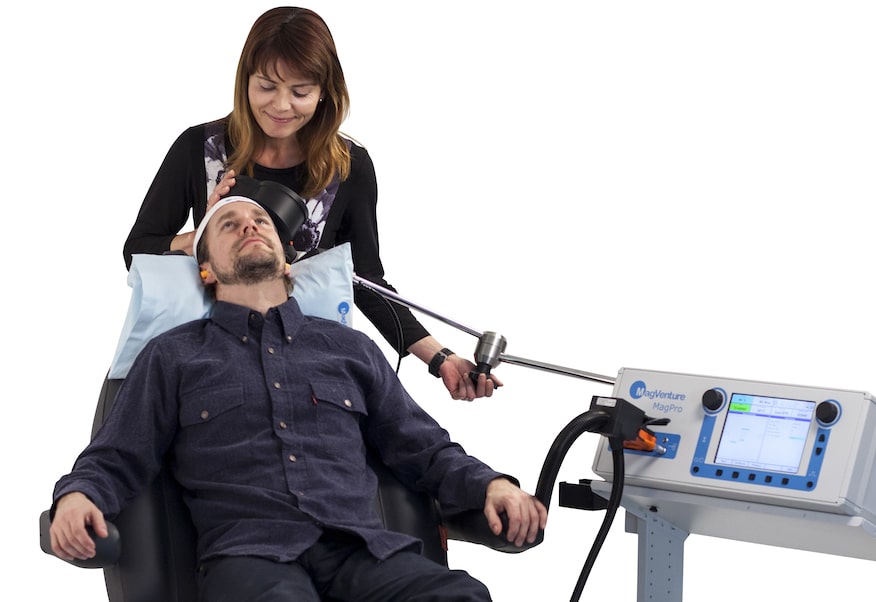
5 Reasons to Choose TMS
- Non-invasive, pain-free treatment
- Excellent response and remission rate
- No systemic side effects
- FDA-approved depression treatment
- Long-lasting relief
TMS Treatment in Murrieta, CA
We have seen dramatic patient transformations through TMS treatment at Inland Empire TMS. If you are struggling with depression, PTSD, anxiety, OCD, or other serious mental health issue, there is help available. TMS is a life-changing treatment that brings significant relief, even for treatment-resistant cases of depression.
Inland Empire TMS works with patients throughout the Inland Empire area, including Murrieta, Temecula, Riverside, and throughout Riverside County. Even patients who live far away tell us it’s worth the drive!
To learn more about TMS treatment and to see if it’s right for you, please contact us today. We would be delighted to answer your questions and help you decide on best treatment options.
Our initial assessments and EEG brain scan are provided free, at no charge to you. If you are concerned about your mental health, please contact us today and make an appointment to be seen for your free mental health evaluation and brain scan.

